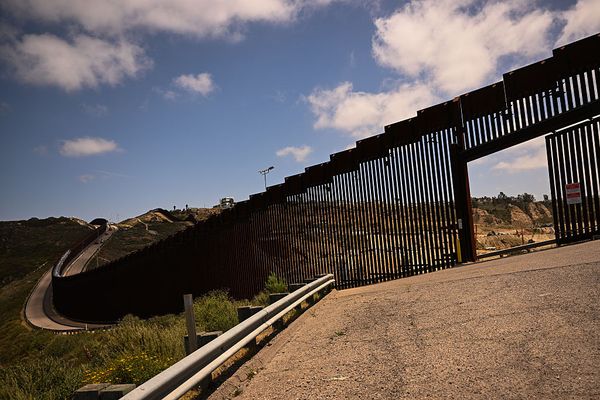
A U.S.-led coalition has successfully downed at least 28 U.S. military bases within the country over a span of three weeks. Additionally, the U.S. forces have thwarted at least 38 drones launched by Iran-backed Houthi terrorists in a recent incident. This marks the largest attack on commercial ships in the Red Sea in the past two months, despite continuous strikes on the proxy group by U.S. forces. Fortunately, no Navy or commercial vessels sustained any damage during these events.
Some officials are of the opinion that escalating the response against the Houthis is crucial to effectively combat their activities. A retired U.S. Army general with extensive combat experience has expressed concerns that the current tit-for-tat strikes are not deterring the group but rather degrading their capabilities. The Houthis are being resupplied by Iran, further complicating the situation.
British warships, such as HMS Richmond, have been actively involved in the conflict, shooting down two of the 28 drones. Both U.S. and British warships are utilizing expensive interceptor missiles to neutralize the Houthi drones, which are described as low-cost aerial threats packed with explosives. It is noteworthy that these warships cannot be rearmed at sea, requiring trips to specific locations for reloading.



Joint strikes by U.S. and British jets have been initiated four times since January 11th, marking a significant development in the conflict that commenced on October 17th. Tragically, the conflict claimed its first casualties among crew members aboard a cargo ship off the Yemeni coast when a Houthi missile destroyed the bridge, resulting in three fatalities and several severe injuries.
President Biden addressed the ongoing conflict in the Middle East, emphasizing the importance of containing the threat posed by Iran. He highlighted the formation of a coalition comprising more than a dozen countries to safeguard international shipping and ensure freedom of navigation in the Red Sea. Concerns loom over the potential targeting of a U.S. warship in the future, prompting discussions about constructing a temporary pier off the Gaza coast in a war zone.
There are contrasting views regarding aid distribution, with some advocating for aid to be directed to Ashdod in southern Israel and transported from there. The situation remains fluid, with the need for strategic decisions to mitigate risks and maintain stability in the region.







